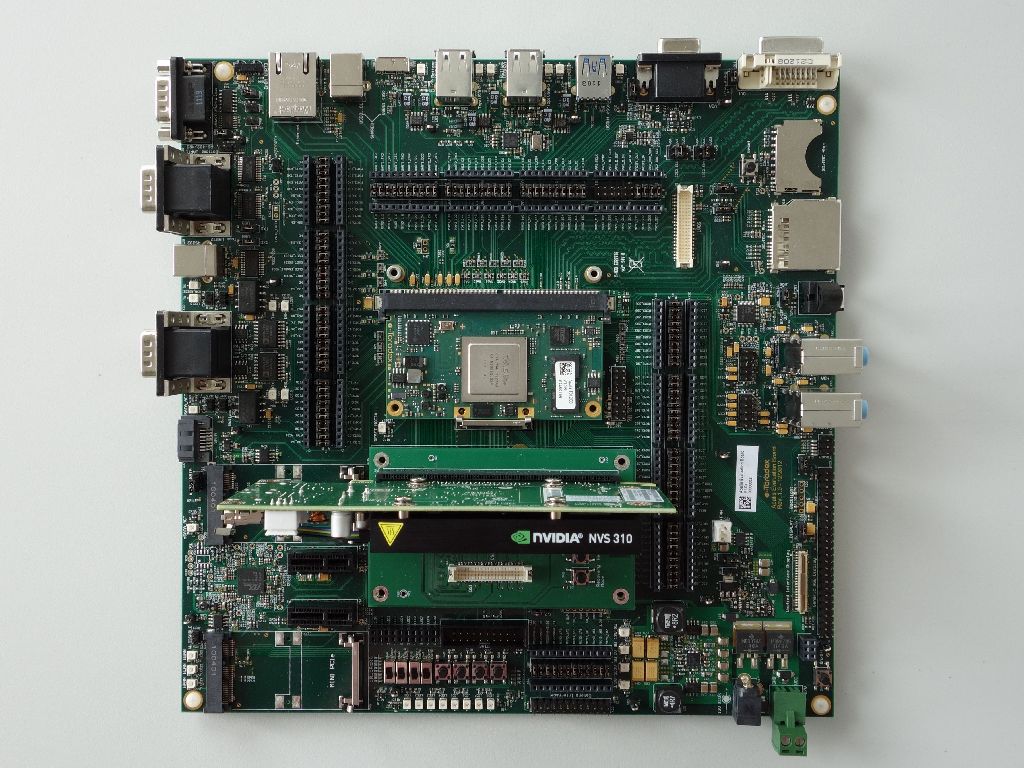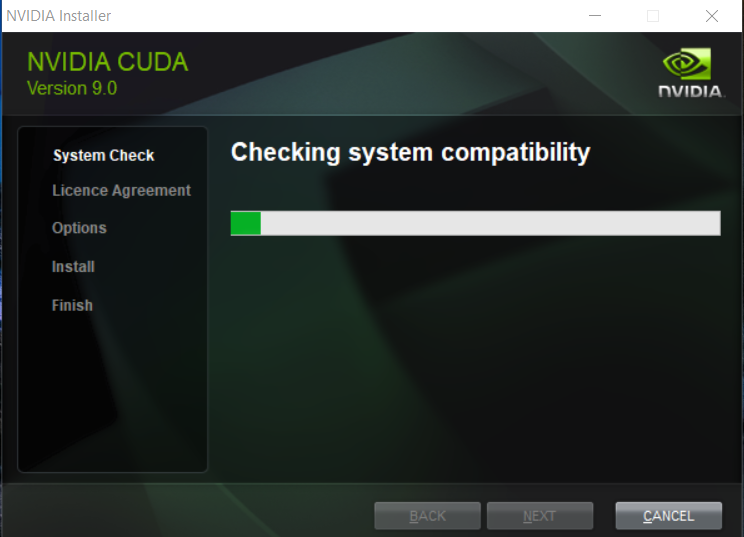

- NVIDIA CUDA TOOLKIT LINUX INSTALL HOW TO
- NVIDIA CUDA TOOLKIT LINUX INSTALL INSTALL
- NVIDIA CUDA TOOLKIT LINUX INSTALL DRIVER
To check for updates: sudo dnf upgrade -refresh Alternative Method – Install Nvidia Drivers from Nvidia CUDA RPMĪnother method for users to install Nvidia Drivers is to install the drivers directly from the CUDA repository.
NVIDIA CUDA TOOLKIT LINUX INSTALL HOW TO
Install GeForce 600/700 NVIDIA series drivers: sudo dnf install xorg-x11-drv-nvidia-470xx akmod-nvidia-470xx xorg-x11-drv-nvidia-470xx-cuda Install GeForce 400/500 NVIDIA series drivers: sudo dnf install xorg-x11-drv-nvidia-390xx akmod-nvidia-390xx xorg-x11-drv-nvidia-390xx-cuda Install GeForce 8/9/200/300 NVIDIA series drivers: sudo dnf install xorg-x11-drv-nvidia-340xx akmod-nvidia-340xx xorg-x11-drv-nvidia-340xx-cuda How to Update Nvidia DriversĪll future updates will be in the standard dnf refresh command procedure, and this will check the RPM Fusion repository for updates and the rest of your Fedora packages. Below are some option installation drivers, do note these are often not updated as much, and security flaws could exist.
NVIDIA CUDA TOOLKIT LINUX INSTALL DRIVER
Disable the Free Repository sudo dnf config-manager -set-disabled rpmfusion-free-updates-testing Disable the Non-Free Repository sudo dnf config-manager -set-disabled rpmfusion-nonfree-updates-testing Optional Method – Install NVIDIA Legacy Driversįor those who upgraded Fedora and require older drivers, their graphics card is no longer supported in Nvidia’s newest driver packages. This can be quickly done by using the following command, to re-enable, use the following commands above and rinse and repeat. Sometimes you may want to disable the RPM Fusion testing repository. If new bleeding-edge drivers in a test or, more likely, beta drivers will appear here, and you can begin to update to these, remember they may be buggy, so do not be surprised. Once enabled, proceed to install the drivers or run an update. Enable the Free Repository sudo dnf config-manager -set-enabled rpmfusion-free-updates-testing Enable the Non-Free Repository sudo dnf config-manager -set-enabled rpmfusion-nonfree-updates-testing This can be useful for those who want to install bleeding-edge NVIDIA drivers.įirst, enable the RPM Fusion Testing repository using the following command. RPM Fusion’s testing mainly contains testing or beta packages. reboot Optional Method – Enable RPM Fusion TESTING Branch By default, this will also disable Nouveau drivers automatically. Once everything has been installed, you must restart your Fedora system. Sudo dnf install xorg-x11-drv-nvidia-cuda Ideally, you may not need this, but sometimes if issues persist, installing the CUDA support can solve problems. sudo dnf update -refresh Install NVIDIA Drivers on FedoraĪfter importing the RPM Fusion repository, execute the following command to install the latest Nvidia drivers on your Fedora system. $(rpm -E %fedora).noarch.rpm Import RPM Fusion Nonfree sudo dnf install \ The best method to install these on Fedora 36 is to use the RPM fusion repository.įirst, open your terminal and add the following repositories Import RPM Fusion Free sudo dnf install \ Import RPM Fusion Repositoryīy default, like most Linux distributions, Fedora does not come with NVIDIA proprietary drivers.

Most Fedora users use the RPM Fusion Method, but this alternative is becoming popular. sudo dnf upgrade -refresh -yįor users that want an alternative, see the end of the tutorial, where you can install the latest drivers directly from the Nvidia Cuda RPM.




 0 kommentar(er)
0 kommentar(er)
